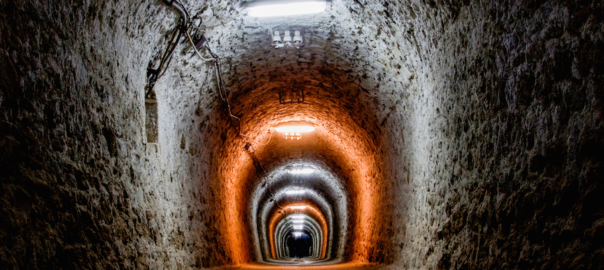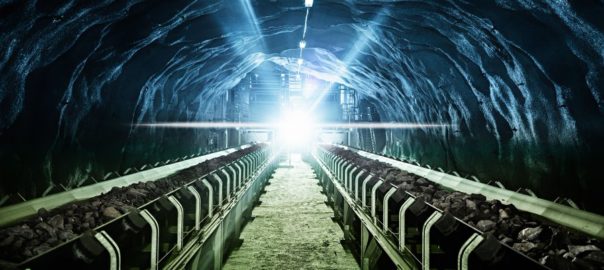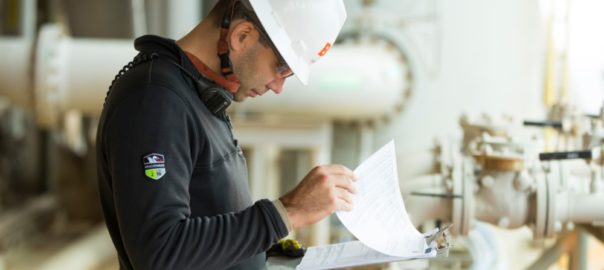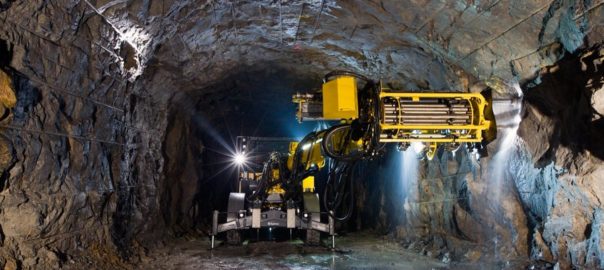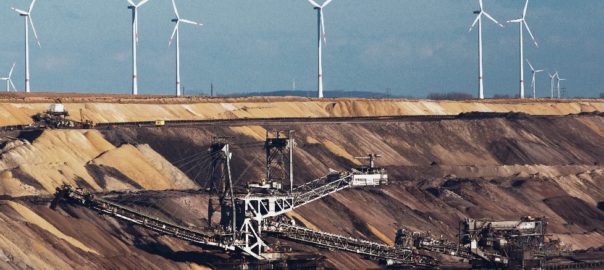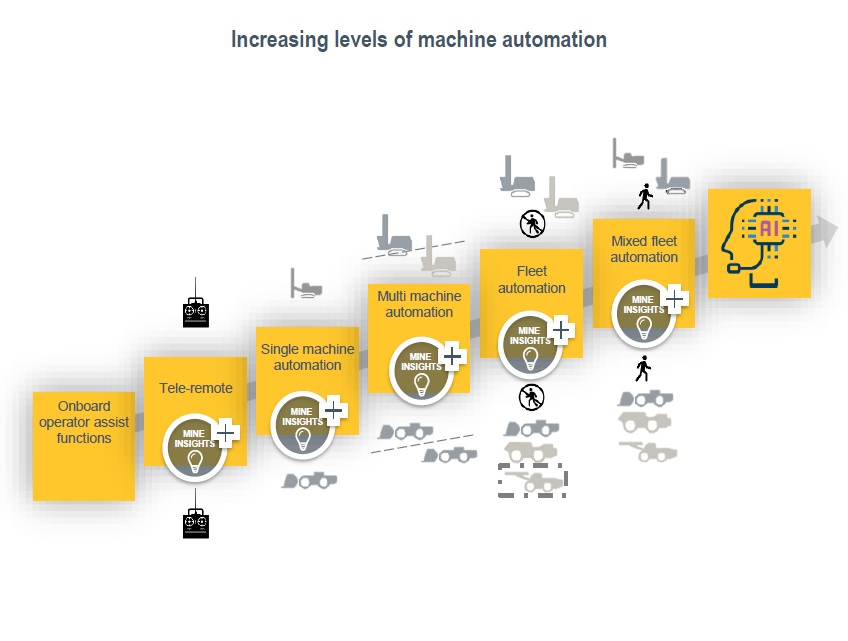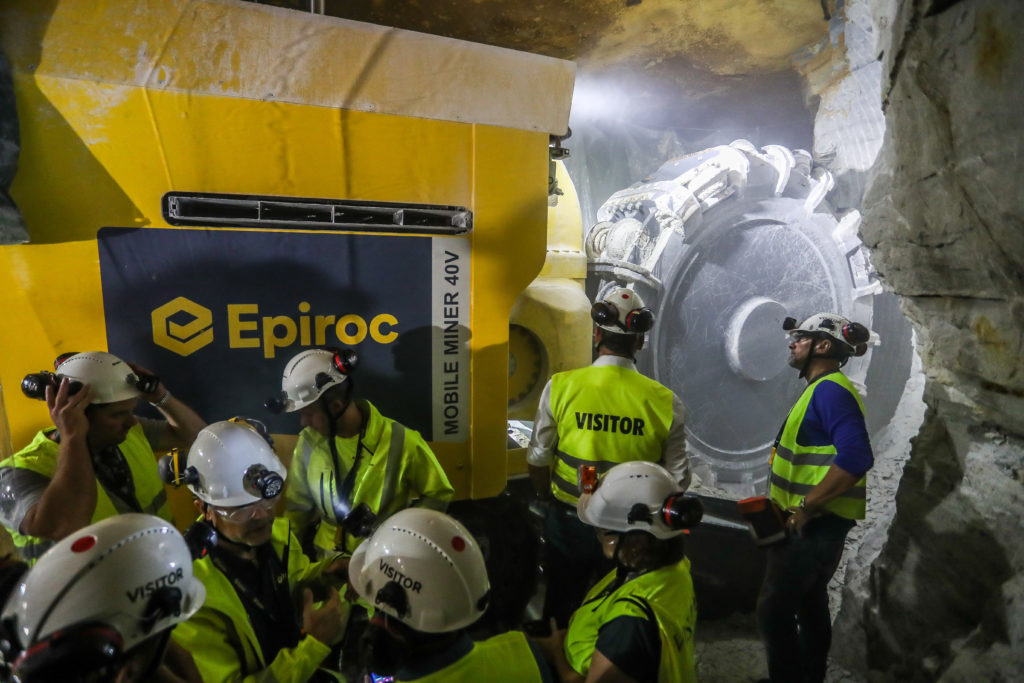COVID-19 has been a game-changer for many industries, with an inconceivable amount of companies closing or temporarily stopping their work, report Pat Lowery and Dr Nick Mayhew*.
The metals and mining industry has been no exception. By April this year, almost 250 mine sites in 33 countries had been disrupted by the virus with government-mandated shutdowns and hundreds of thousands of workers sent home either because they had contracted the virus or for their safety.
While the global pandemic has proved to be a severe crisis for the mining industry, severe crises force change, and the mining industry has been forced to commit to change and to new goals to survive.
At first, it seemed that companies might give up complying with sustainability and ESG (environment, social and governance) goals. However, the outcome was in fact the opposite. The pandemic has demonstrated that sustainability is now a permanent, key driver across the world, which will not be forgotten by governments nor the private sector.

The European Council made this clear by highlighting that it will not abandon its ‘Green Deal’ as part of its fiscal response to COVID-19. While in the US, New York State passed legislation which accelerated the construction of clean energy facilities as a way to spur economic recovery and fight climate change. As for investors, according to the COVID-19 Investor Pulse Check report, published by the Boston Consulting Group in May 2020, 51% of investors say they want CEOs to continue to fully pursue their ESG agenda and priorities.
COVID-19 not only set the records straight on a commitment to sustainability, but it provided a much-needed stimulus to spur the innovation required to achieve this desired goal. The metals and mining sector traditionally had a reputation for being slow to embrace new technologies – it ranked 30th out of 53 sectors in terms of R&D investment in the 2018 Global Innovation Study 1000 – however, it had no option but to react quickly to the crisis.
For instance, BHP created a COVID-19 tracking app and its Atacama mine in Chile developed a tool to remotely check stock levels for critical site materials – ensuring employee safety as well as a quick response.
Now, according to the Axora Insights COVID-19 survey, despite a significant drop in revenue after the pandemic caught the industry off-guard, experts expect the metals and mining sector’s investment in digital innovation to grow about 10% year-on-year. By using innovative technology, the industry will overcome the challenge of converting traditional mines into smart, sustainable ones with social commitment, responsibility and care towards their workers and their rights.

Rio Tinto’s vast iron ore operation in Australia’s Pilbara region, for example, is the world’s largest owner and operator of autonomous trucks, having announced last year that 50% of its entire haulage fleet was automation-ready, providing safer and more cost-efficient sites. In Chile, Teck Resources is using remote smart sensor technology to gather data on the local water and identify hourly fluctuations in water quality, enabling the company to share 24/7 real-time water quality data with the local community. Nornickel in Russia is installing data transmission devices on load-haul-dump vehicles and self-propelled drilling rigs to enable remote-controlled operations, as well as developing drones to take video deep inside the mines and robots for high-quality 3D mine surveying.
Meanwhile, the Borden gold mine in Ontario, Canada, and the Agnew mine, in Western Australia, have faced their environmental challenges head-on by introducing electrification and renewable energy to their sites. The Borden mine’s electric and battery-powered fleet has eliminated diesel emissions completely and is expected to halve the total emissions on site by around 5,000 t of CO² a year. Whilst the Agnew mine met up to 60% of the site’s energy needs by running remote, off-grid operations with solar, gas, wind, and battery power, proving that such operations need not compromise reliability or productivity.
COVID-19 has escalated the need for a more sustainable and resilient metals and mining sector. There is a need to protect in the longer term, for example, against future pandemics, to ensure worker’s safety, to implement rapid recovery systems and to de-risk operations. Shifting global priorities are putting a greater emphasis on health, social and community issues; responsible partnering with the government; and pressure on companies to demonstrate fast and responsive action to current issues.
The global pandemic has provided metals and mining companies with the downtime to improve their innovative solutions and enable ‘smart’ and sustainable mines. From being a vague term, sustainability has become a real goal as COVID-19 has pushed companies to put the priorities and goals in the right order and to drive forward their businesses.
*Pat Lowery is Former Technical Director at De Beers and Group Head at Anglo American, and Dr Nick Mayhew is Chief Commercial Officer of Axora







